
Police officers and miners clash during a protest in Puerto Maldonado, Peru, Wednesday, March 14, 2012. Thousands of illegal gold miners battled police for control of a regional capital in the Amazon basin on Wednesday and at least three people were killed by gunfire. The miners are fighting government efforts to regulate small-scale gold extraction, which is ravaging the rain forest, contaminating it with tons of mercury.
A Shipibo man was one of three people killed March 14 in Puerto Maldonado, in Peru’s southeastern Amazon region, during a protest against new laws designed to control wildcat gold mining in the country’s Madre de Dios region.
Francisco Areque, 38, of the San José de Karene community in the Manú province, died shortly after 1 p.m. on March 14. Reports said he was shot, but his brother, Marco Areque, said that the official autopsy report was inconclusive.
Marco Areque said his brother’s widow, Natalia Omnia, a Harakmbut, told him she and her husband were sitting with a group of demonstrators in a town square when about 20 police approached. The group scattered, and when Francisco turned around, he was struck in the face and collapsed.
He was to be buried March 15.
Ten communities belonging to the Native Federation of the Madre de Dios River and its Tributaries (Federación Nativa del Río Madre de Dios y Afluentes, FENAMAD) are participating in the protests. The demonstrations began March 5, shutting down commerce in Puerto Maldonado, and became violent after talks with government officials broke down on March 12.
Officials estimated that between 10,000 and 15,000 miners had joined the protests in Puerto Maldonado by March 14, when protesters tried to take over the airport and the main market. Eyewitnesses reported hearing gunfire.
The miners oppose a series of new laws designed to crack down on “informal” mining – claims where the miners lack authorization from environmental authorities and generally fail to comply with labor, occupational safety and health, and environmental standards. The new decrees make mining without proper authorization a criminal offense punishable by a prison term.
They also define an area, generally along the Madre de Dios River, where mining would be permitted, and prohibit it in other areas, especially the buffer zone of the Tambopata Natural Reserve, where thousands of miners began working last year.
FENAMAD representatives participating in talks with miners’ associations and government officials on March 12 stayed at the table even after the miners walked out, but then rejoined the protest. The group is seeking a special exemption that would allow communities to mine gold on their own lands.
To read full article go to source as cross-posted from here
http://indiancountrytodaymedianetwork.com/2012/03/18/one-indigenous-among-three-killed-in-peru%E2%80%99s-march-14-protests-103270



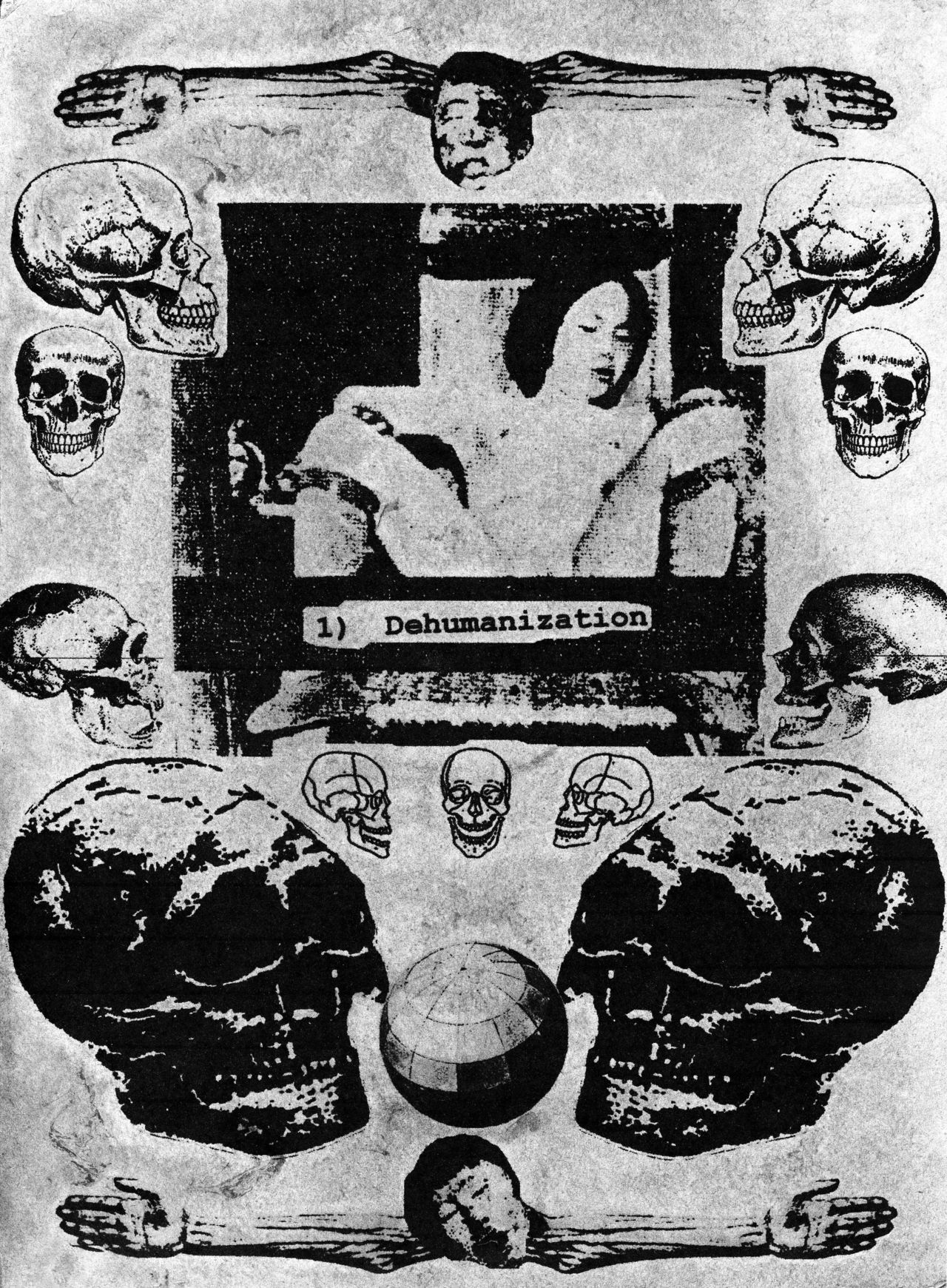


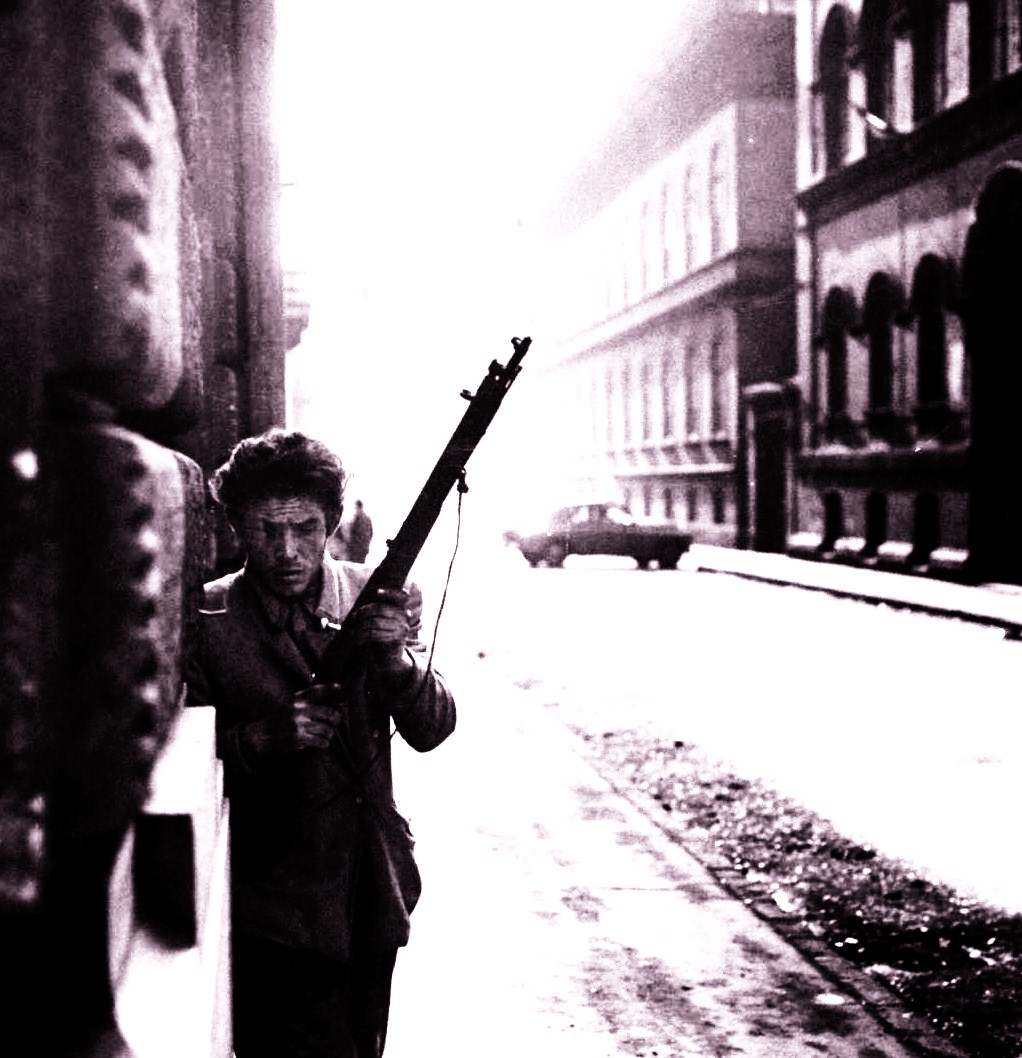
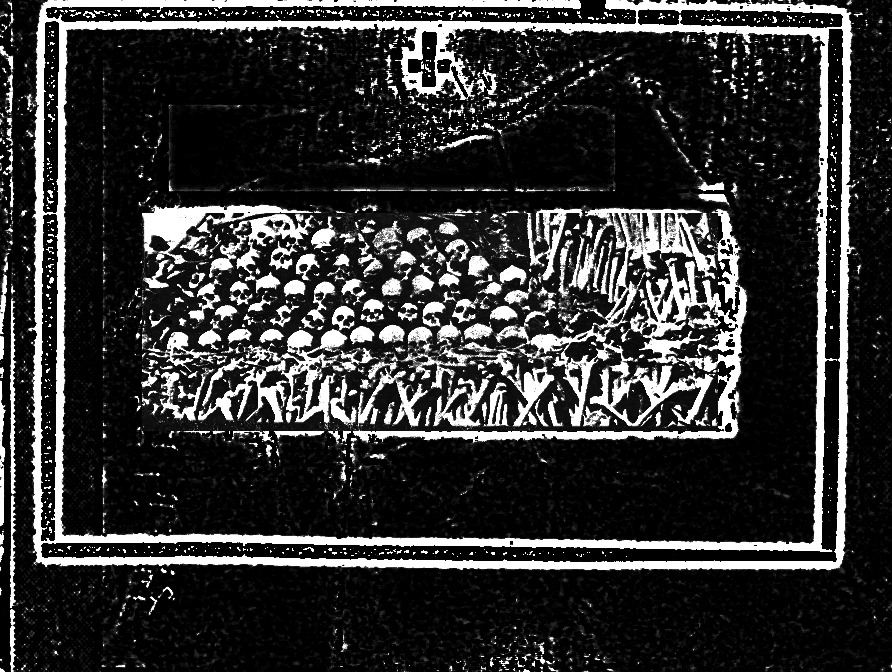
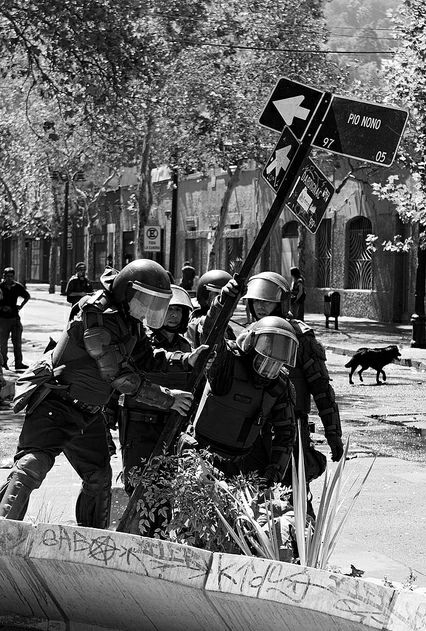
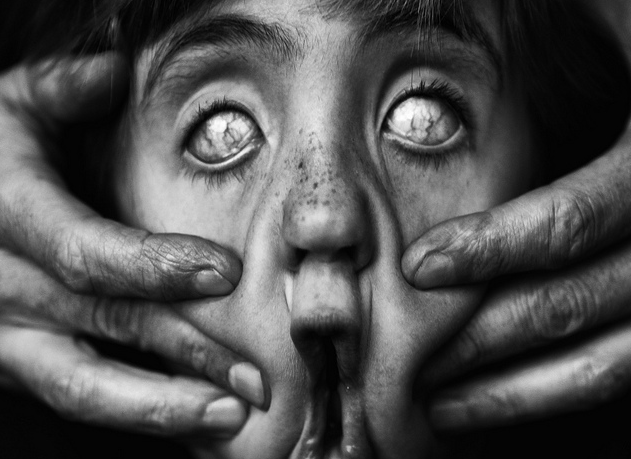

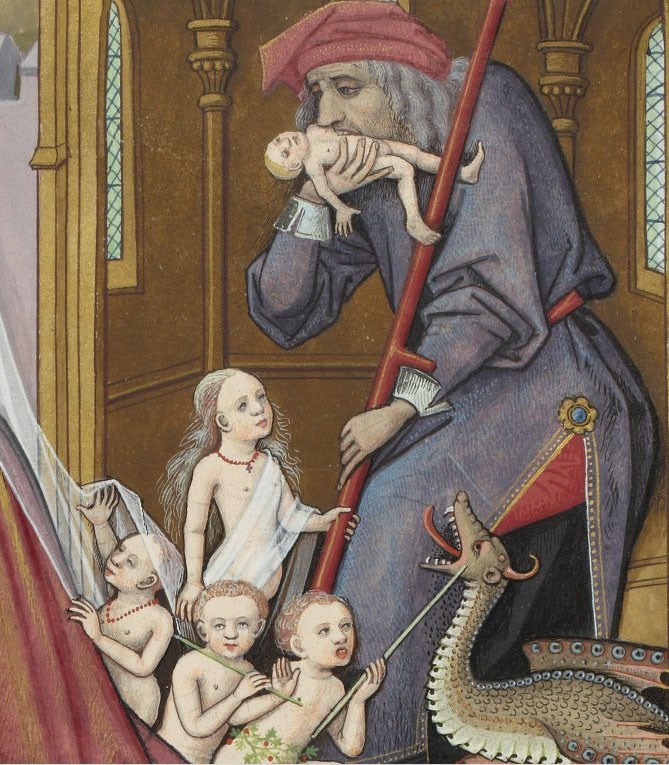
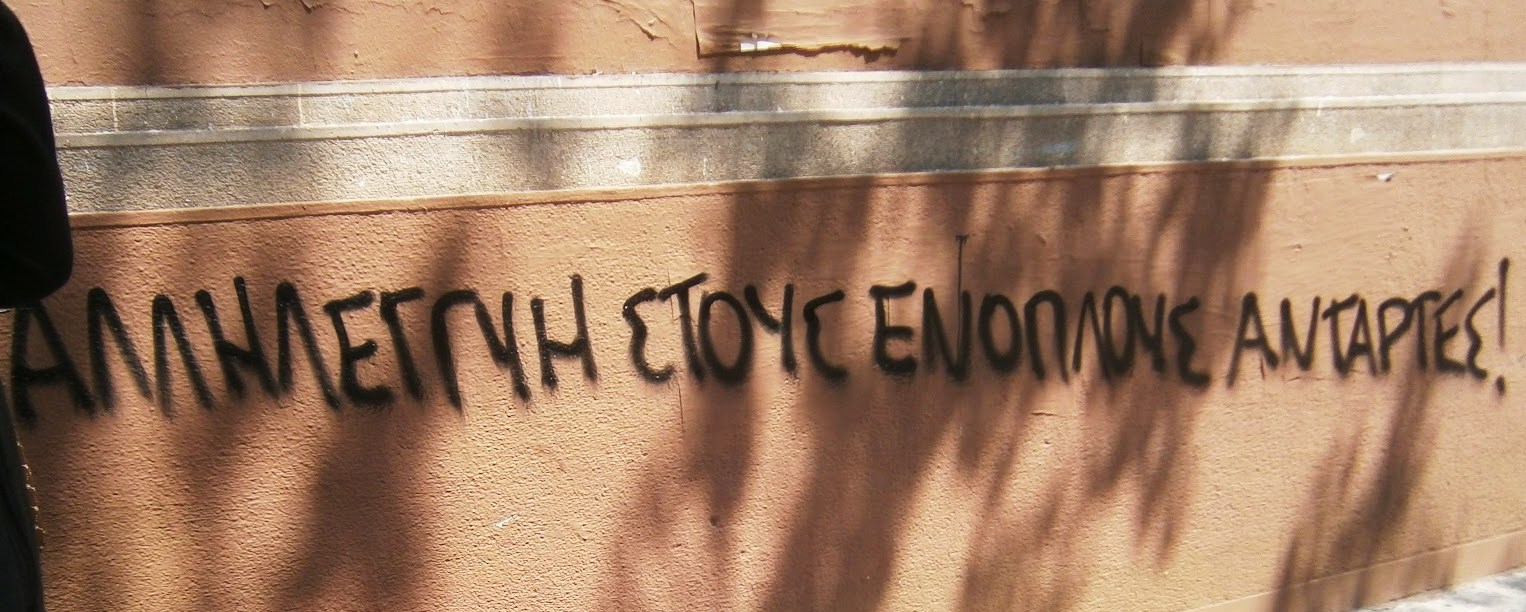

![Eurorepressione - Sulla conferenza a Den Haag sul tema "Anarchia" [corretto]](http://25.media.tumblr.com/tumblr_m0jvngOXtY1qa2163o1_1280.jpg)
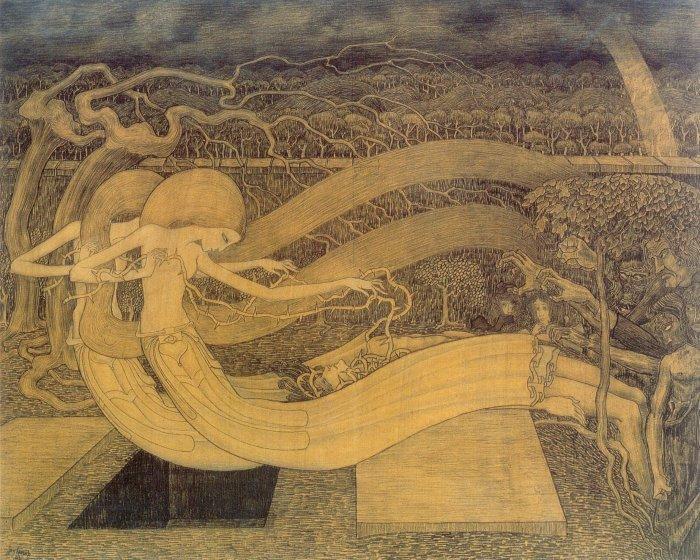
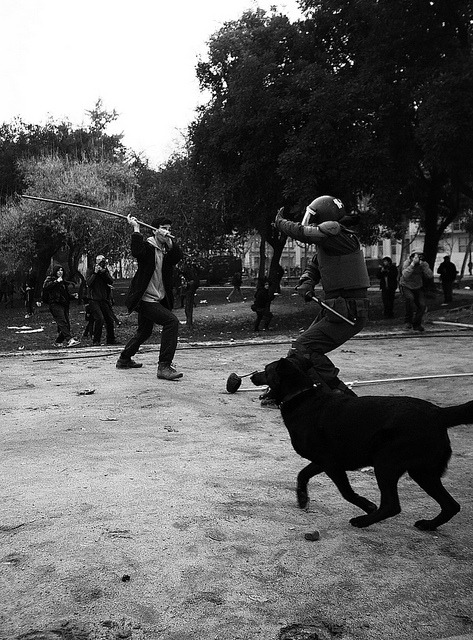
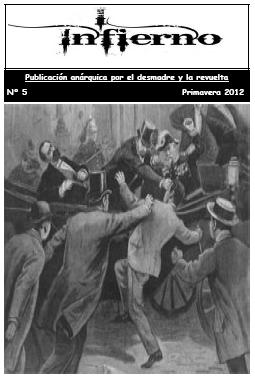
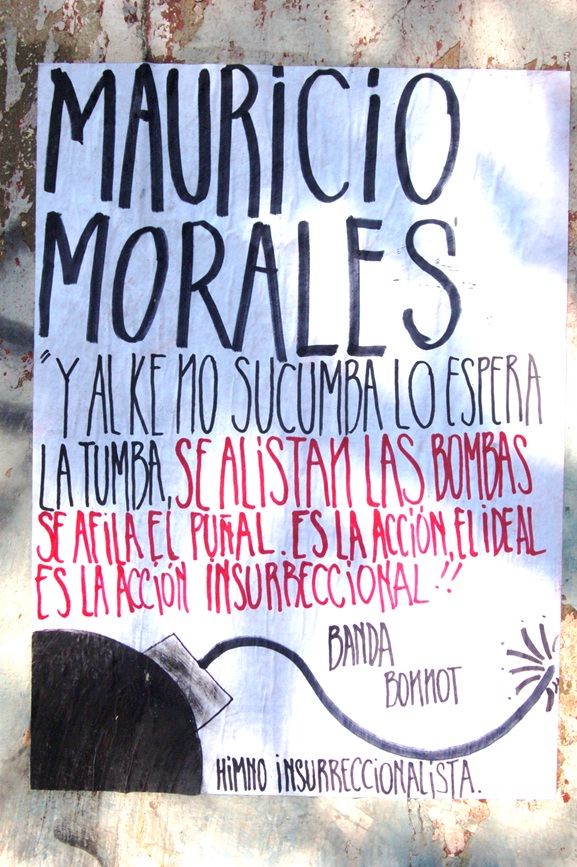
![A tres años de la Partida de Mauricio Morales: De la Memoria a la Calle [Stgo.]](http://metiendoruido.com/wp-content/uploads/2012/05/mmacividad.jpg)





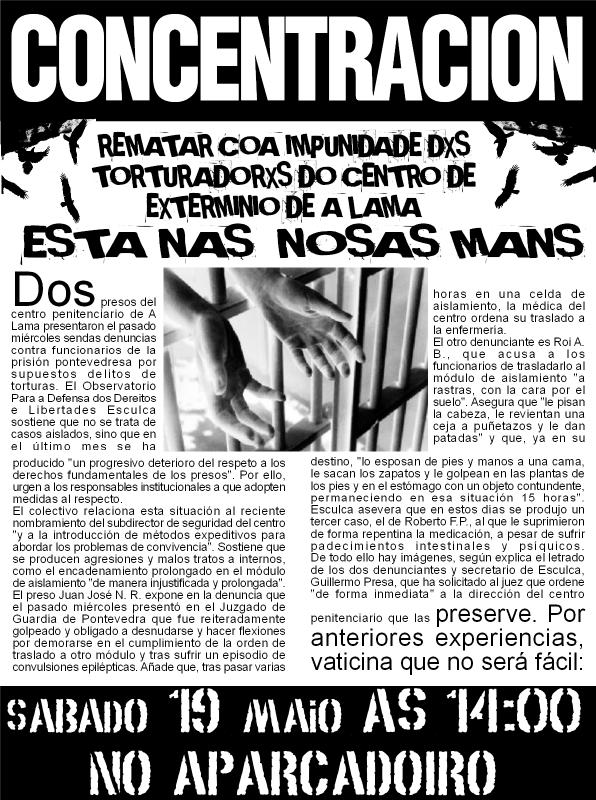

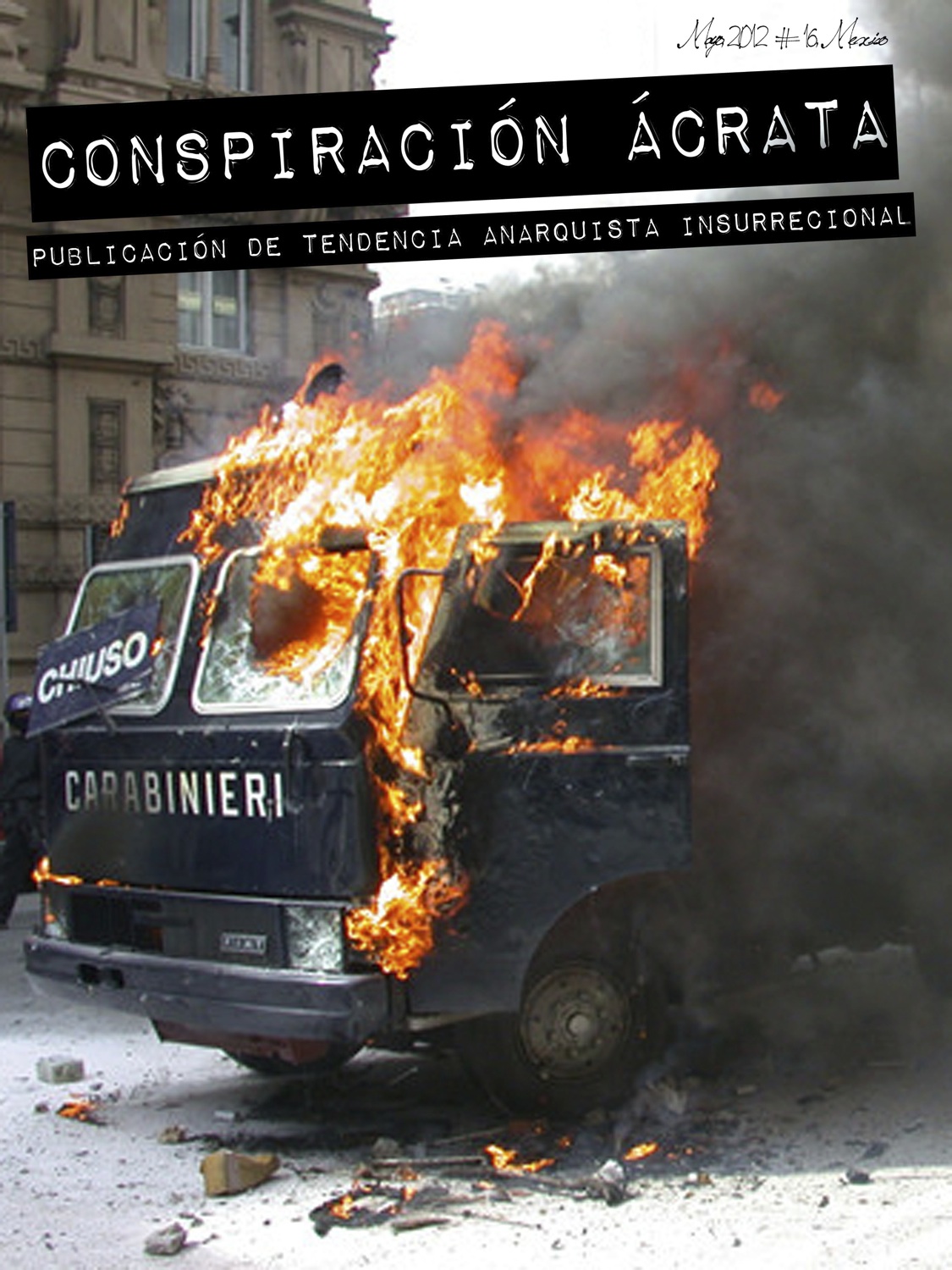

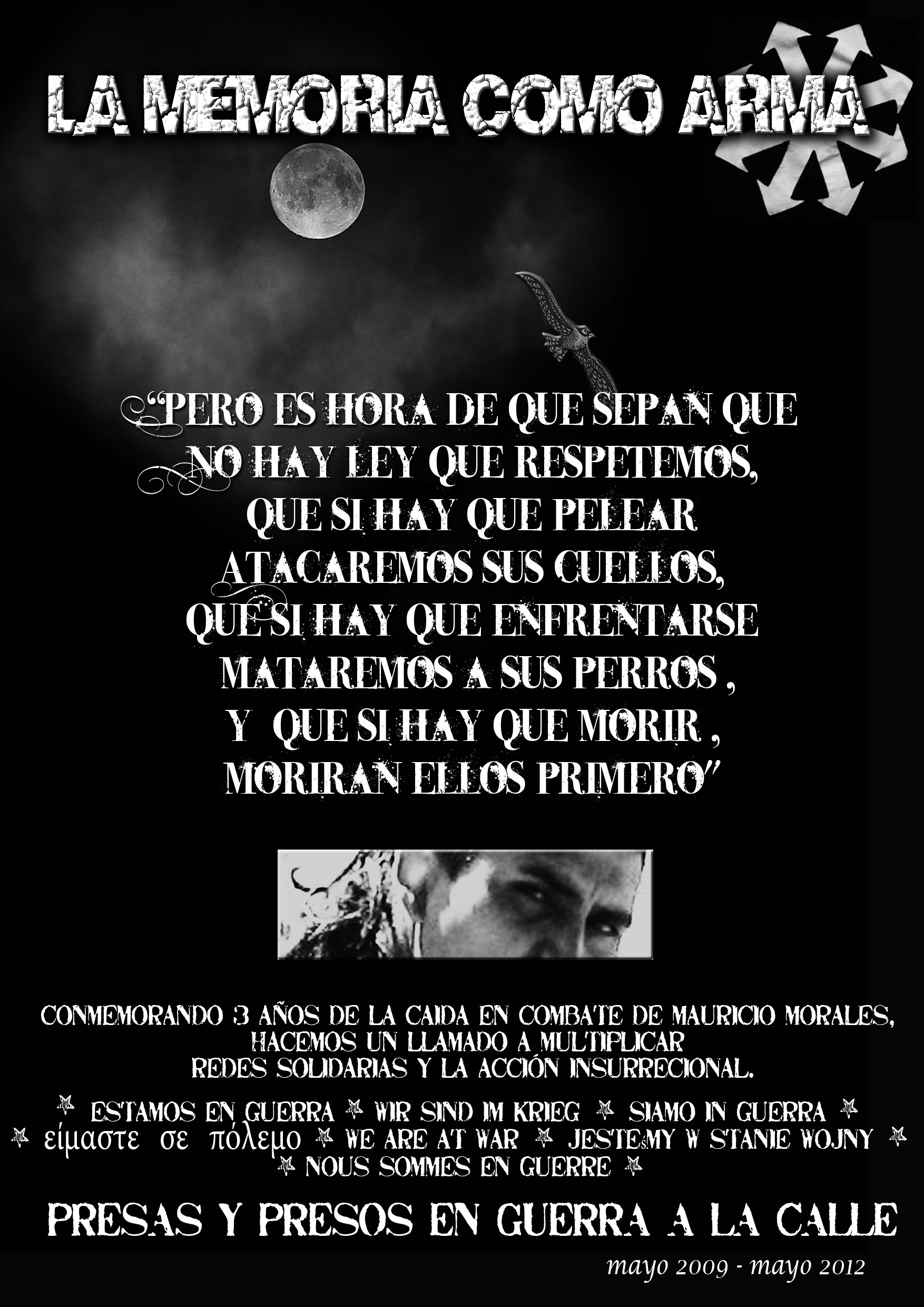
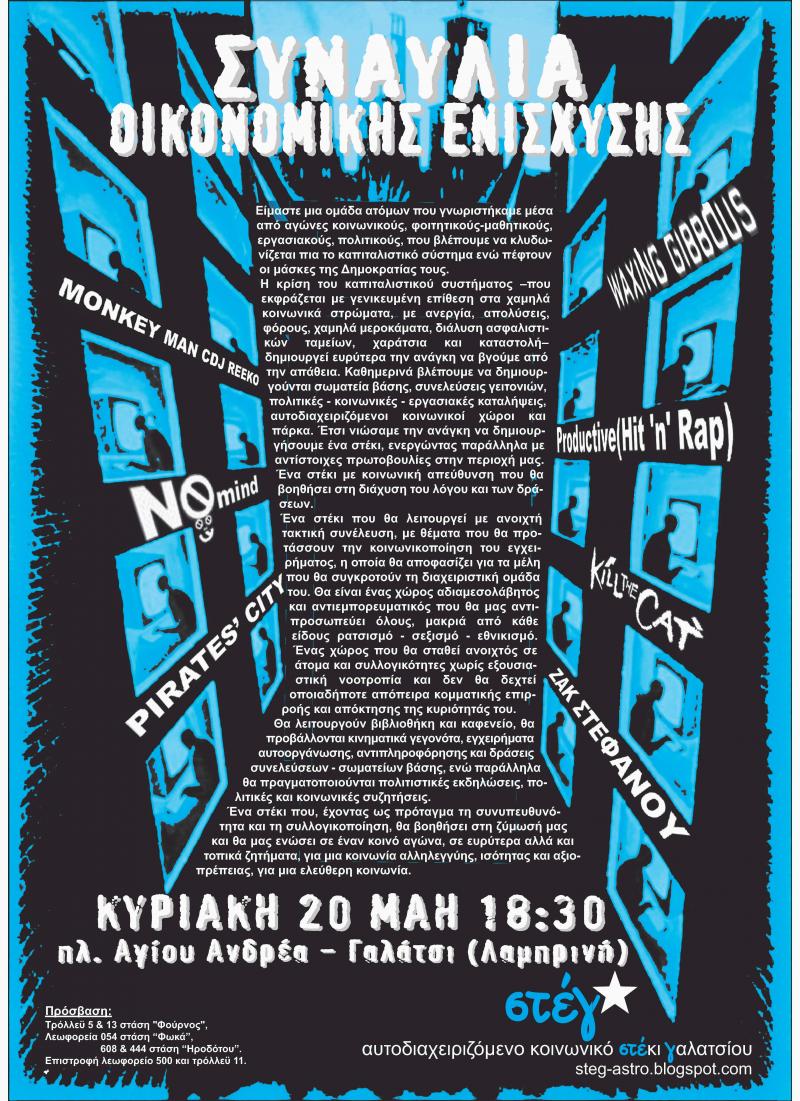








Nessun commento:
Posta un commento